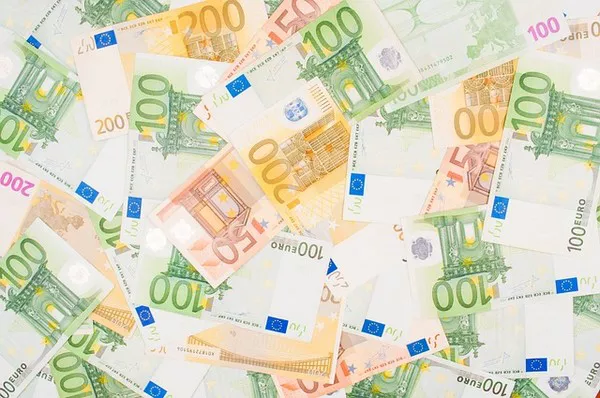The euro (EUR) has faced significant headwinds in recent months as the Eurozone grapples with a combination of stubborn inflation, sluggish growth, and rising political tensions. Despite initial optimism about a post-pandemic recovery, the European Central Bank (ECB) has been forced to maintain a cautious stance, leaving the euro vulnerable to fluctuations against major currencies like the US dollar (USD) and the British pound (GBP). The latest economic data paints a mixed picture, with some member states showing resilience while others struggle with recessionary pressures.
One of the most pressing issues for the Eurozone is inflation, which remains above the ECB’s 2% target. However, the tight monetary policy has also dampened economic activity, particularly in manufacturing-heavy economies like Germany. Industrial production in the Eurozone’s largest economy has declined for three consecutive quarters, raising concerns about a prolonged downturn. The ECB faces a delicate balancing act: cutting rates too soon could reignite inflation, but keeping them high risks exacerbating the economic slowdown.
Political instability has further complicated the outlook for the euro. Recent elections in France and Germany have revealed deep divisions over fiscal policy and the future of the European Union (EU). In France, the rise of far-right and far-left parties has challenged President Emmanuel Macron’s centrist agenda, leading to policy gridlock on key issues like pension reform and public spending. Meanwhile, Germany’s coalition government is under pressure to address rising debt levels while maintaining support for Ukraine, a contentious issue among voters. These political uncertainties have eroded investor confidence in the euro, as markets fear that fragmented policymaking could weaken the Eurozone’s ability to respond to future crises.
Another factor weighing on the euro is the growing divergence between the ECB and the Federal Reserve. This policy gap has contributed to the euro’s depreciation against the dollar, with the EUR/USD exchange rate hovering near 1.05, close to its lowest levels in over a year. A weaker euro has mixed implications for the Eurozone—it boosts exports but also increases the cost of energy imports, which are predominantly priced in dollars. With global oil prices remaining volatile due to geopolitical tensions in the Middle East, the euro’s purchasing power could face further pressure.
Despite these challenges, there are some bright spots for the Eurozone. The labor market remains robust, with unemployment at historic lows in countries like the Netherlands and Ireland. Additionally, the EU’s NextGenerationEU recovery fund has started to deliver much-needed investments in green energy and digital infrastructure, which could bolster long-term growth. However, the near-term outlook for the euro remains uncertain, with analysts divided on whether the currency will rebound or continue to struggle in the face of economic and political headwinds.
You Might Be Interested In:


